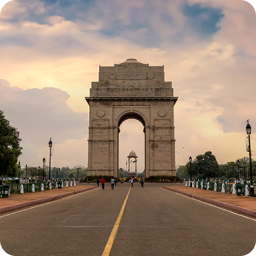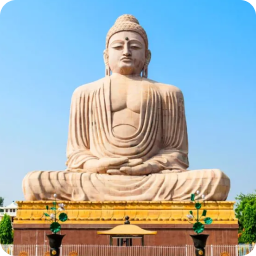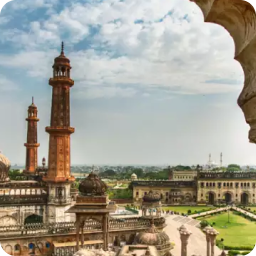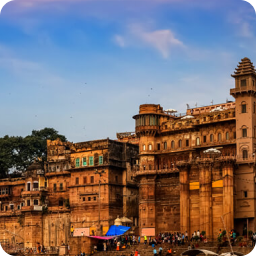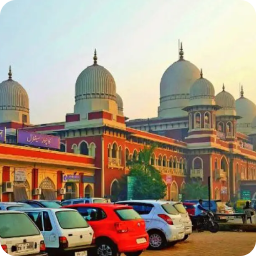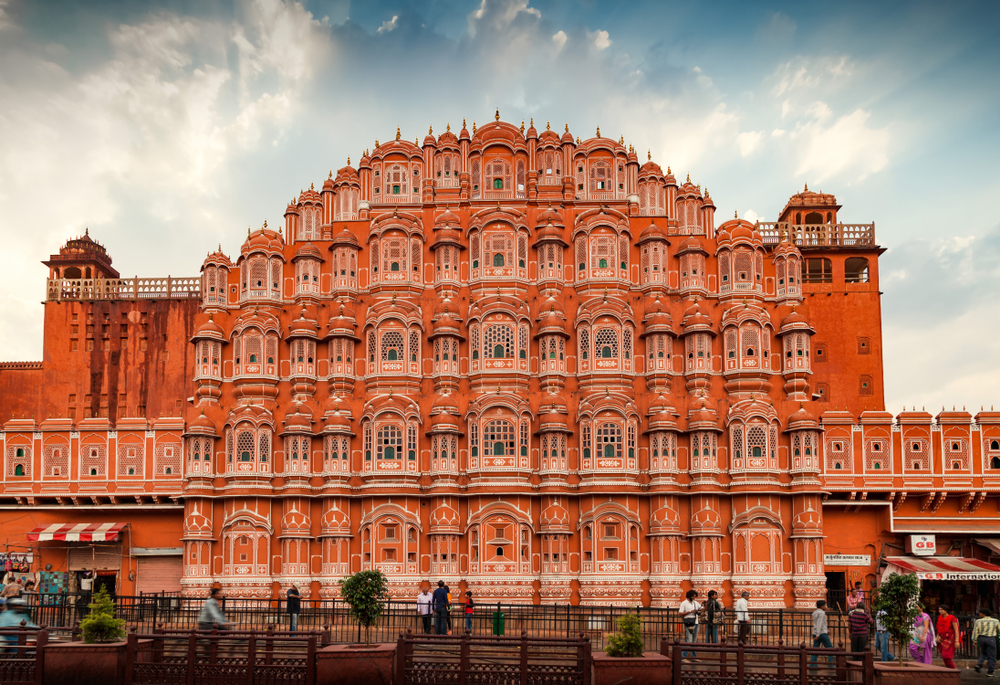|
Harshavardhana: Empire of Harsha, History, Reign | UPSC Notes
|
Empire of Harsha – King Harshavardhana’s Empire
- After the decline of Gupta empire, a number of Kingdoms appeared in the North India:
-
- Maukhari Dynasty in the core Ganga Valley Region.
- Harshavardhana’s ancestors (Pushyabhutis) in western U.P., eastern Punjab with their capitals at Kannauj and Thaneswar (Panipat-Topara).
- Further east, Shashank (7th century CE) ruled over Bengal (Gauda).
- In South, after Vakatakas who were contemporaries of Guptas, Chalukyas of Badami ruled over Deccan and further South was the Kingdom of Pallavas of Kanchi.
Enroll now for UPSC Online Course
| PUSHYABHUTI
DYNASTY |
- Hieun Tsang’s travel account Si-Yu-Ki, Banbhatta’s Harshacharita and Aihole stone inscription of Pulkeshin II.
- Madhuban & Sonpat inscriptions record chronology. Banshekhra inscriptions have a signature of Harshavardhana.
- Pushyabhutis were feudatories of Gupta. They became independent after the Huna invasion.
- Important rulers of this dynasty were Prabhakarvardhana, Adityavardhan and Harshavardhana.
- He was the son of Prabhakarvardhana.
|
| Harshavardhana
(606 CE – 647 CE) |
- Kannauj was conquered and united with Thaneswar.
- Harshavardhana attacked Shashank of Gauda Kingdom and established his control over regions of Bengal, Bihar and Odisha and befriended Bhashkarvarman of Kamrup (Assam).
- Vallabhi King Dhruvbhata in Gujrat too was defeated and a truce was negotiated with him by marriage of Harsha’s daughter to Dhruvbhata.
- He assumed titles of Uttarapathanatha or Uttarapathapati (Lord of the North).
- While marching southwards, Regions of Malawa and after crossing Narmada he was defeated by Pulkeshin II in the Battle of Narmada.
- He was greatly influenced by the personality of Hieun Tsang and organized a Buddhist assembly at Kannauj under his chairmanship.
- Hieun Tsang, in his book, has appreciated Harshvardhan’s justice and munificence (generosity).
- The able military commander and good administrator, died in 647 CE without heir and is regarded as the last Hindu King to have ruled a large part of North India.
- Hence, He’s death also marks the end of Pushyabhuti dynasty and beginning of Muslim rule over North India.
|
Enroll now for UPSC Online Classes
SOCIO-ECONOMIC CONDITION DURING HARSHAVARDHANA & THE SOUTHERN DYNASTIES
| ADMINISTRATION |
- Harshavardhana governed his empire on the same lines of Gupta.
- The basic unit of administration was a village.
- Offices under the king became hereditary as Harisena who was a ‘mahadandanayaka’, or Chief Judicial Officer inherited the office from his father.
- One person could bear more than one office as Harisena also held offices of ‘Kumaramatya’ and ‘Sangrahvigrahika’
- The ‘sreshti’ (Chief Banker or Merchant), the ‘sarthavaha’ (Leader of Merchant Caravans), ‘prathamakulika’ (Chief Craftsman), and the ‘kayashthas’ (head of the scribes) were other important officers of administration.
- Maintainance of Public Records is an important feature of Harsha rule.
|
| ECONOMY |
- One-sixth of the produce was collected as tax and was the main source of revenue.
- Taxes imposed on ports, income from mines and tributes from vassals were other important revenue sources.
- Overall, trade and commerce are said to have declined during this phase.
|
| SOCIETY |
- According to Hiuen-Tsang, there were castes, a mix of sub-castes, untouchables and also outcastes, yet, forced labour was absent.
- The position of women declined during this period as the institution of Swyamvara (the ceremony of choosing husband) had become dysfunctional.
- Widow remarriage was not allowed and Sati & dowry systems were prevalent.
|
| RELIGION |
- As he was a secular king, all sects of religion peacefully coexisted but Brahmanism grew more than others.
- Harshvardhan was a Shiva devotee. Later he converted to Mahayana Buddhism.
- According to Hieun Tsang, He held the Allahabad conference once every 5 years.
|
| ART AND CULTURE |
- A patron of art and literature, Harshavardhana patronized the Banabhatta, Mayura, Matanga Divakara etc.
- Banabhatta wrote – Harshacharita, Kadambari & Parvatiparinay.
- He was a poet and composed three Sanskrit plays: Nagananda, Ratnavali, and Priyadarsika.
- He held 5 yearly donation (Daan) ceremonies at Prayag and donated munificently in favour of: Administration, Royal Household, Scholars and Religion.
- Brick temple of Laxamana at Sirpur was built during Harsha rule.
|
Also Read: Early medieval india (c.600-1200 ce) [history notes for upsc & other govt. exams]






